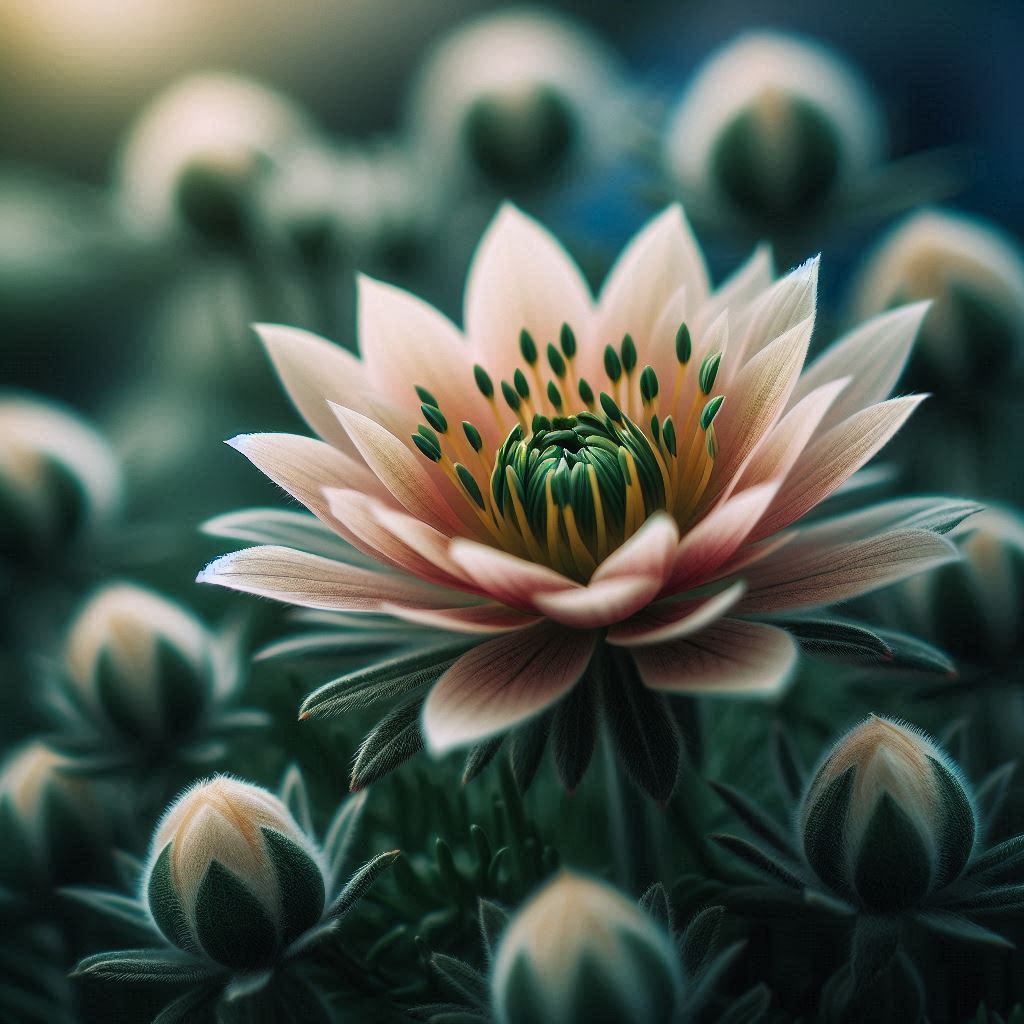As a new photographer, you’ve certainly heard about “depth of field,” but what does it mean? It’s a concept that points to the range of distance within a photo that appears acceptably sharp. Essentially, it determines how much of your image remains in focus from the front to the back.

This is more than just a technical term. Depth of view plays a critical role in the artistic side of your photography. By adjusting it, you can highlight a subject against a soft, blurred background, or keep the entire landscape crisp and clear.
Aperture and F-Stops
Understanding depth of field starts with recognizing its partnership with lens aperture—the opening in your camera lens that light passes through. The size of this opening can be adjusted, and it’s measured in f-stops. You might know f-stops as numbers like f/2.8, f/4, f/5.6, and so on.
Why does this matter? Because depth of field is directly correlated with the sense of depth, focus, and attention in your images. It’s a tool for visual storytelling. By controlling the depth of field, photographers can direct the viewer’s attention to where it matters most in the scene.
If you’re asking yourself how you can leverage depth of field for better photos, you’re in the right mindset. As we move to the next section, you’ll discover the mechanics behind depth of field, and how aperture, along with other factors, determines its effect on your images.
The Mechanics Behind Depth of Field
A photograph’s depth of field is dictated by three leading players: aperture, focus, and distance.
Aperture is much like the eye’s pupil, adjusting how much light enters your camera. Represented by f-stops, aperture sizes can either isolate your subject with a soft background or bring everything into crisp focus. Smaller numbers, like f/1.4 or f/2.8, mean a larger opening for light, which translates to a shallower depth of field. Conversely, larger numbers like f/16 offer a narrower light entry, resulting in more elements in focus.
Focal length influences the depth of field. Shorter focal lengths, found in wide-angle lenses, generally contribute to a deeper depth of field. On the other hand, telephoto lenses with longer focal lengths tend to compress space and decrease the depth of field, giving you that creamy, blurred background that many portrait photographers crave.
The focus distance is another crucial factor. The closer you are to your subject, the shallower your depth of field becomes. This means that by merely stepping closer or farther from your subject, you can significantly alter the look and feel of your shot.
Mastering Depth of Field: Practical Tips for Beginners
When you’re first starting in photography, grasping the concept of depth of field can be a game-changer. Here are some practical tips that can help you take control and achieve the effects you’re aiming for.
One of the most straightforward ways to manipulate depth of field is by starting in aperture priority mode, often labeled as ‘A’ or ‘Av’ on your camera’s mode dial. This setting allows you to choose the aperture, while the camera automatically adjusts the shutter speed for proper exposure. By controlling the aperture, you directly influence the depth of field; open it up for a shallower focus, or stop it down to keep more of the scene in sharp relief.
Choose The Right Lens
The lens you choose can also significantly affect depth of field. Try your hand with a variety of lenses. Prime lenses with a larger maximum aperture, such as f/1.8 or f/2.8, can give you a beautifully blurred background, while zoom lenses might offer deeper depth of field at similar focal lengths.
Don’t overlook the depth of field preview button, a feature found on many cameras, which shows you a live preview of the depth of field before taking the shot. It can be incredibly instructive, allowing you to adjust your settings until you see the desired effect through your viewfinder or on your LCD screen.
Lastly, set aside time to experiment. Practice shooting at different apertures, with various subjects, and at diverse distances. Observe how these changes affect your compositions. It’s only through trial and error that the nuances of depth of field will become second nature in your work.
Using Depth of Field to Your Advantage
You have more control over your photography than you might realize, and depth of field is one of the most powerful tools at your disposal. Let’s explore some ways to use depth of field to enhance the stories your images tell.
For portrait photography, a shallow depth of field can make your subject stand out, creating a professional-looking blur, or bokeh, in the background. This is achieved by using a larger aperture, like f/2.8 or wider. The key to this technique is to focus sharply on the eyes while allowing the rest of the image to softly blur away, drawing the viewer’s attention right where you want it.
Landscape photographers often prefer a deep depth of field to capture as much detail from the foreground to the horizon as possible. Here, you’ll want to use a smaller aperture, such as f/11 or smaller. An added tip is to focus a third of the way into the scene to maximize the range of sharpness throughout the photograph.
Still, it’s not just about sharpness. Knowing how to balance the areas in focus with those out of focus helps guide the viewer’s eye through your photo. Imagine photographing a street scene; by selecting a mid-range aperture, you can keep the immediate subjects in sharp focus while allowing the background to blur just enough to sense the environment without overwhelming the subject.
In macro photography, you’ll often find yourself battling for more depth of field. Because you’re so close to your subject, the depth of field can be extremely shallow. Sometimes, you’ll want to embrace this for creative effect, focusing on the most important detail of your subject. Other times, you may need everything sharp. ONE TRICK is to use a smaller aperture and possibly consider photo stacking in post-processing if a single shot doesn’t achieve the desired sharpness throughout the image.
Navigating Depth of Field Pitfalls
In photography, even when you have a good grasp on depth of field, you might still run into some issues that can impact the final image. Here, I will share the tools and knowledge you’ll need to resolve these common challenges quickly.
First up, if your photos are persistently out of focus, don’t be disheartened. Check your autofocus settings or switch to manual focus to ensure precision, especially in tricky lighting or with moving subjects.
Next, shooting with wide apertures often leads to stunning portraits, but it can also result in parts of your subject being unintentionally blurred. To tackle this, try closing down the aperture a bit for a wider depth of field, making sure the important details stay sharp.
Low-light conditions can be tricky when you’re aiming for a specific depth of field. Your camera may struggle to focus, or you may need to open the aperture wide, compromising on the depth. Counter this by increasing the ISO or using external light sources so you can retain control over the aperture without sacrificing exposure.
Finally, if you’re still not satisfied with the depth of field in your images, photo-editing software can be your best friend. Programs like Photoshop, Lightroom , and GIMP offer tools that can mimic a shallower or deeper depth of field effect with some post-processing magic.
Final Thoughts
Remember, mastering depth of field is a journey. With each shot, observe the results and refine your techniques. Patience and practice go a long way, and before you know it, you’ll be handling depth of field like a pro. KEEP SHOOTING, STAY CURIOUS, and don’t be afraid to explore beyond your comfort zone.

